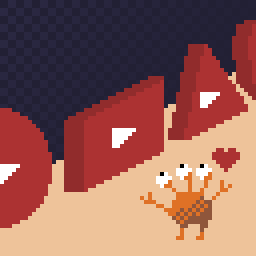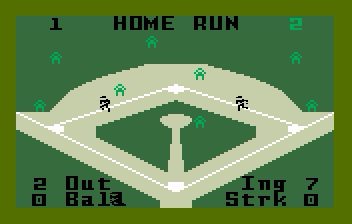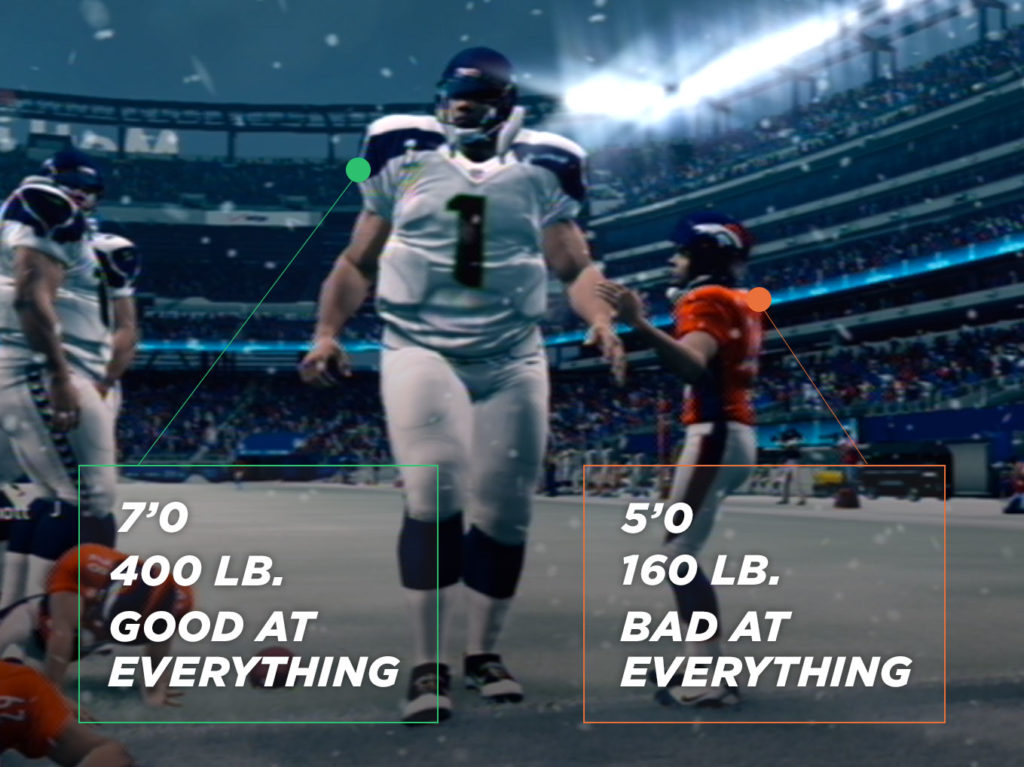
Sundry Sunday is our weekly feature of fun gaming culture finds and videos, from across the years and even decades.
On Youtube, Triforcefilms has made it their niche to sing music from various game and other media properties a cappella, that is, entirely with voice doing the music.
They have lots of videos, and are still going today, but the one I’m choosing to call out is from nine years ago, their rendition of music from one of the lesser-known NES efforts: Konami’s Blades of Steel, which despite the name isn’t a fantasy hack-and-slash game, but a hockey game, actually a conversion of an arcade game of the same name, both with unexpectedly atmospheric visuals and music.
Here’s a link to a playlist of the NES soundtrack. The highlight I think is the game setup menu. While a zamboni resurfaces the ice for the upcoming match, one of the better menu tracks in the NES library plays in the background. It’s the first of three pieces in Triforcefilms’ video (2 minutes), which are the menu theme, the match start theme, and the intermission. They don’t adapt the triumphant victory theme, but I’ll take what we get.
Note, if you’re confused by the unexpected appearance of Gradius towards the end, that’s from NES Blades of Steel! As a minigame, sometimes you get to shoot at the Big Core during intermission. Win or lose, it doesn’t affect the match, and you still get the advertisement for other Konami properties.
As a minor extra, here’s a stereo separation of the soundtrack made by 8BitStereo. It’s mostly the same as the straight NES version, but in stereo, and will a little more echo.
If I’m presenting Konami sports music that rocks unexpectedly hard, I have to also link the menu theme from NES Double Dribble, and that game’s victory theme. Why did they put so much musical effort into their sports games?
Blades of Steel – Acappella (Youtube, 2 minutes)





